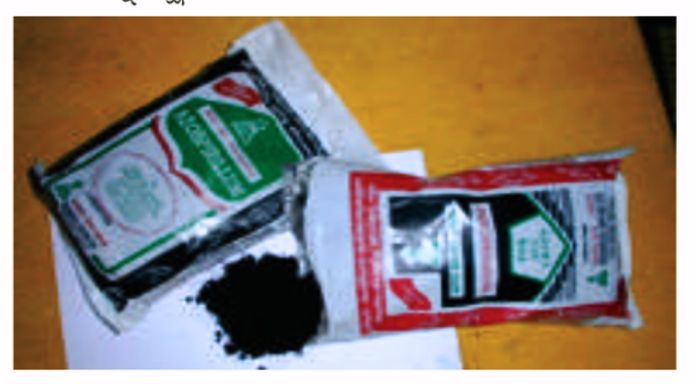A bio-fertilizer is a product that contains living microorganisms that, when applied to soil, seeds, or plant surfaces, colonise the plant’s rhizosphere and encourage development by increasing the supply or availability of essential nutrients. Bio-fertilizers are one of the unavoidable substitutes for chemical fertilisers in the current environment.
Azotobacter chroococcum and Azospirillum spp. (A. brasilense, A. lipoferum, A. amazonense, A. halopraeferens, and A. irakense) are examples of common bacteria that can fix atmospheric nitrogen (biological nitrogen fixation). However, the Azospirillum also plays a role in inducing disease resistance and drought tolerance in plants, as well as secreting a chemical that promotes growth (Indole Acetic Acid) in the soil.
Another bacterium, Bacillus megaterium, is known as phosphorus solubilizing bacteria (PSB), and it is also capable of releasing insoluble phosphorus for plants to use.
Method of application
• It is recommended to apply Azotobacter or Azospirillum @ 8kg / acre/ year and PSB @ 10 kg / acre /year along with 500 kgs of well powdered FYM in 5 splits which curtails use of 25 % of N & P chemical fertilizers respectively.
• Bio-fertilizers are applied on 6 – 7 day after pruning.
• Bio-fertilizer should be applied near to root zone, covered with soil and irrigated immediately.
• Minimum of 15 days required between chemical and bio-fertilizer application. The bio- fertilizers should be stored in cool place and used before expiry date.
Vesicular- arbuscular mycorrhizae (VAM)
A symbiotic fungus known as endomycorrhizae, or vesicular-arbuscular mycorrhizae, has a positive connection with mulberry roots. The main benefit of mycorrhizae to plants is enhanced nutrient uptake, particularly phosphorus, in return for sugars supplied by the plants. The fungus colonises the root cortex of mulberry plants, generating a network of mycelia, as well as chytrid vesicles (structures resembling bladders) and arbuscules (branched finger like hyphae).
The vesicles are the hyphae’s terminal swellings. The VAM hyphae extend several centimetres from the roots and have a much larger surface area than the plant’s root hairs. As a result, they take up more nutrients and deliver them more swiftly to the plants than roots that are not associated with VAM. Up to six times as much phosphorus can enter mycorrhizae as it does into root hairs. Additionally, the VAM provides the plants with insoluble rock phosphate.
New mulberry plantation receiving VAM inoculation. For growing mycorrhizal mulberry saplings in nursery beds, a soil-based inoculum of VA-mycorrhizae that contains a mixed culture of Glomus mosseae and G. fasciculatum is used. Mycorrhizal saplings that are 5 to 6 months old are transferred to the main field together with nursery soil that contains VAM spores. After a year of establishment, phosphorus can be utilised at 60 kg per hectare per year rather than 120 kg per hectare per year. With the VAM inoculation, mulberry agriculture can reduce chemical phosphorus application by 50% without suffering any reduction in leaf production or quality.
Authors: M. Sharath, Dr. K.C. Narayanaswamy and Dr. Manjunath Gowda
Department of Sericulture, College of Agriculture, GKVK, UAS Bangalore-560065
Email: [email protected] Mob. No. 8971496497



































